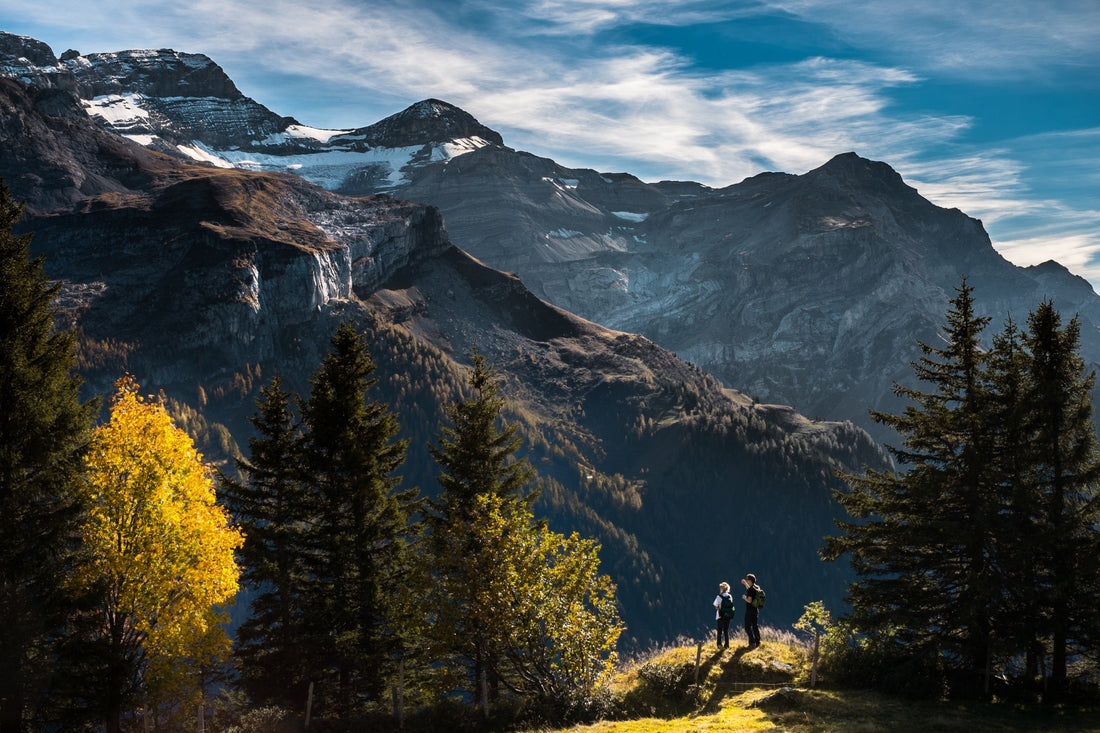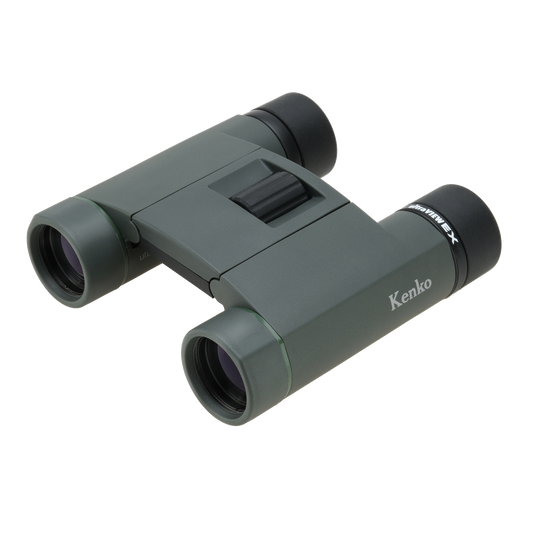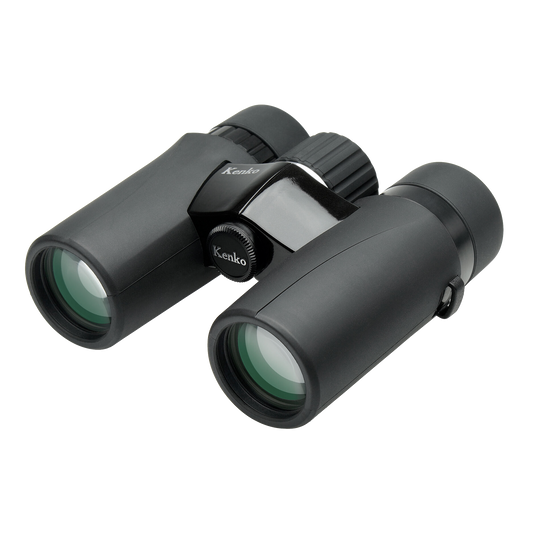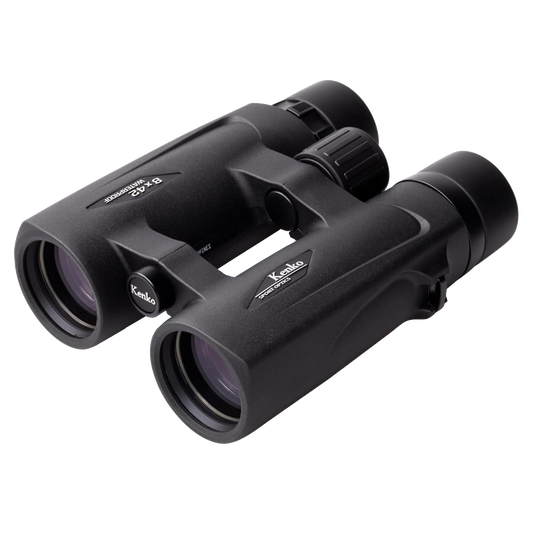
Ugly Truths of Landscape Photography
 Photo by Samuel Zeller on Unsplash
Photo by Samuel Zeller on Unsplash
Sure, photos like the one above are stunning, and when you capture and create photos like this, all the hard work of landscape photography is well worth it.
But it's a mistake to think that landscape photography is easy...
In fact, there are some ugly truths of landscape photography and just how difficult it is!
Let's explore a few of these landscape photography truths and see how you can work around them to get a great shot.
Ugly Truths of Landscape Photography: There are No Ideal Camera Settings
 Photo by Marcus Millo via iStock
Photo by Marcus Millo via iStock
If you've been on a quest to figure out the best landscape photography camera settings, you're in for a surprise - there are none!
Every landscape is different, and more to the point, landscapes change from one moment to the next due to changes in sunlight, cloud cover, the presence or absence of rain or snow, and so forth.
So, the camera settings that work great at the start of the day might not be so great later on. You'll have to adapt the landscape photography camera settings you use to each situation.
The best thing you can do is learn how to control exposure settings so you understand what you need to change in order to maintain a correct exposure, even as the lighting conditions and weather changes.
Start that process by getting familiar with basic camera settings as outlined in the video above by Big Photo TV.

Quick Tip: One of the easiest methods for understanding what camera settings to use for different weather conditions is the Sunny 16 Rule. Basically, the Sunny 16 Rule states that on a sunny day, when shooting at f/16, to get a good exposure, the shutter speed and ISO values will be the inverse of each other. So, if you set your shutter to 1/200 seconds, the ISO would be 200. Learn about the Sunny 16 Rule in this detailed guide.
Learn More:
Ugly Truths of Landscape Photography: Mother Nature is Working Against You
 Photo by franckreporter via iStock
Photo by franckreporter via iStock
Okay, so that might be a bit of a dramatic headline, but you have to admit that sometimes it seems like mother nature isn't at all interested in you taking her picture.
On the one hand, weather can often hamper our efforts, with fog and rain and hail and snow getting in the way of taking beautiful photos.
On the other hand, normal, everyday occurrences in nature can derail your best efforts.
 Photo by RenatoK via iStock
Photo by RenatoK via iStock
One of the most common landscape photography problems you might encounter is when the sun causes strong glare off of ponds, lakes, streams, and other bodies of water.
Of course, that glare is hugely distracting, and takes away from the beauty of the rest of the scene.
Fortunately, you have a secret weapon at your disposal that can help you get around this issue - a circular polarizer.
 Photo by Eloi_Omella via iStock
Photo by Eloi_Omella via iStock
Polarizing filters block out glare, as shown above, so by simply attaching a polarizer to your lens, you can continue shooting without the worry of distracting glare, even when mother nature isn't exactly cooperating.
Polarizers work best when you're at a 45-degree angle to the sun, so bear that in mind as you work to get the shot.

As an added bonus, polarizers, like the Kenko Nyumon polarizer that I use (shown above), also have other benefits:
- Polarizing filters boost contrast in the sky. This makes the atmosphere a deeper blue and clouds a brighter white. The result is a much more impactful sky in your landscape photos.
- Polarizing filters minimize atmospheric haze. This is important because with a polarizer, distant landscape elements appear to be cleaner and crisper in the shot.
Additionally, the anti-glare properties of a polarizer aren't just limited to bodies of water. In fact, polarizers reduce glare off of anything that's non-metallic, so wet foliage, wet rocks, heck, even wet skin won't have glare if you use a polarizer.
Editor's Tip: Not all polarizing filters are made alike. Many cheap polarizers use lower-quality glass, which can reduce the sharpness of the image. Likewise, some polarizing filters have chunky filter housings, which can cause unwanted vignetting, particularly when shooting with a wide-angle lens. I use the Kenko Nyumon circular polarizing filter because it's made of high-quality Japanese glass for superb sharpness and it has a slim filter ring so vignetting is not an issue.
Ugly Truths of Landscape Photography: Photoshop Cannot Save You

Image Credit: diego_cervo via iStock
Don't get me wrong - Photoshop, Lightroom, and other post-processing software offer tons of features and tools that allow you to do much more with your photos than would otherwise be possible.
But these programs cannot make a bad photo into a good photo. The basis of a great shot has to be there, and then you can use these programs to enhance the good stuff that's already there.

There's a second part of this ugly truth, too - Photoshop isn't exactly easy to learn.
I've been in photography for decades now, and there's still things I don't know how to do in Photoshop. If it can be a mystery at times to pros, it's easy to understand why beginners can get so frustrated with Photoshop.
Obviously, the key here is to learn how to use Photoshop to edit landscape photos. The video above by Peter Zelinka is a good place to start.
Another option is to use Lightroom instead of Photoshop. If you read our Lightroom vs Photoshop expose, you'll find that Lightroom is easier to learn, has all the essential editing tools you'll need, and it has a built-in library, so you can keep all your photos neatly organized.
No matter what post-processing program you use, just remember that it's best to learn the necessary skills to get a good shot in-camera, and then edit it to bring out its full glory, not try to rely on post-processing to rescue a bad shot.
Quick Tip: Photoshop and Lightroom aren't the only viable post-processing options. There are many free alternatives to Photoshop, including GIMP, which has virtually all the same editing tools and even features a similar workspace layout. If you primarily use your smartphone for photography, there's no shortage of landscape photography apps for your phone, either. Use these tools to assist you in creating your photos, not to try to save them, and you'll find improved success!
Learn More:
Originally posted on PhotographyTalk.com




